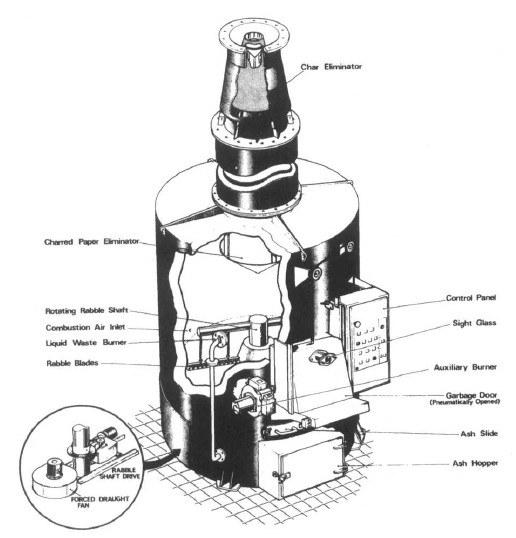
Marine Incinerator for Disposal of Ship Generated Waste
Stricter legislation with regard to pollution of the sea, limits and, in some
instances, completely bans the discharge of untreated waste water,
sewage, waste oil and sludge. The ultimate situation of no discharge can
be achieved by the use of a suitable incinerator. When used in
conjunction with a sewage plant and with facilities for burning oil
sludges, the incinerator forms a complete waste disposal package.


